Nefertiti (/ˌnɛfərˈtiːti/) was an ancient Egyptian queen of the 18th Dynasty who lived during the 14th century BCE (c. 1370 – c. 1330 BCE). She is widely recognized for her beauty, elegance, and significant role in the religious and political landscape of ancient Egypt.
Her name translates to “the beautiful one has come,” a fitting title for one of history’s most iconic and celebrated figures.
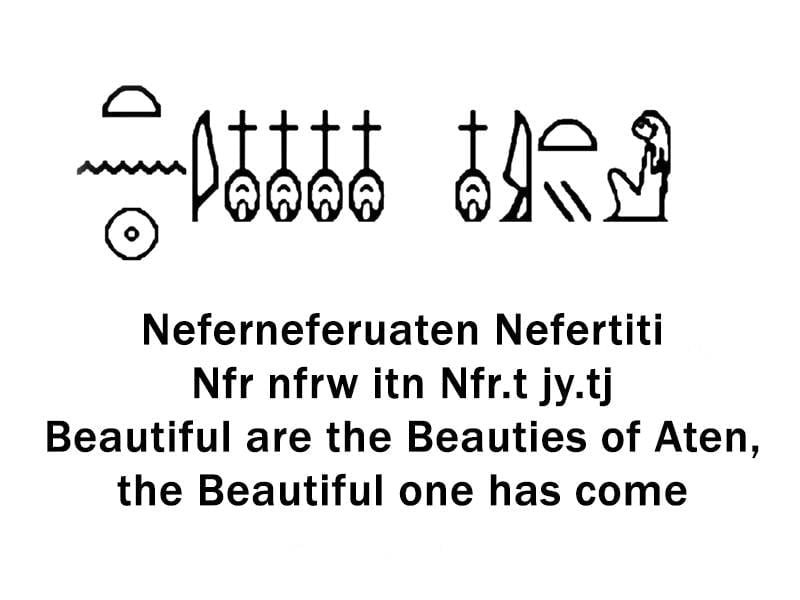
Nefertiti was married to Pharaoh Akhenaten, whose reign (which is believed to have lasted from around 1353 to 1336 BCE), marked a radical departure from traditional Egyptian religious beliefs. Akhenaten introduced the worship of the sun-disk god Aten as the supreme deity, initiating a period of monotheism in ancient Egypt.
The couple had six known daughters, including the famous princesses Meritaten and Ankhesenamun. These daughters were depicted in various family scenes, emphasizing the intimate and affectionate relationship within the royal family.
During this time, Nefertiti’s role in religious and political matters extended beyond ceremonial duties. She was actively involved in state affairs, and some inscriptions suggest that she may have received foreign dignitaries, reinforcing her status as a powerful queen with influence over diplomatic matters.
One of the most significant achievements attributed to Nefertiti is her involvement in the artistic and cultural revolution that occurred during Akhenaten’s reign. The Amarna Period, as it is known, witnessed a departure from the traditional artistic style of Egyptian art. Under Nefertiti’s influence, the portrayal of the royal family became more naturalistic, depicting scenes of affection and intimacy. This artistic shift is best exemplified in the Amarna-style art, characterized by elongated proportions and relaxed postures.
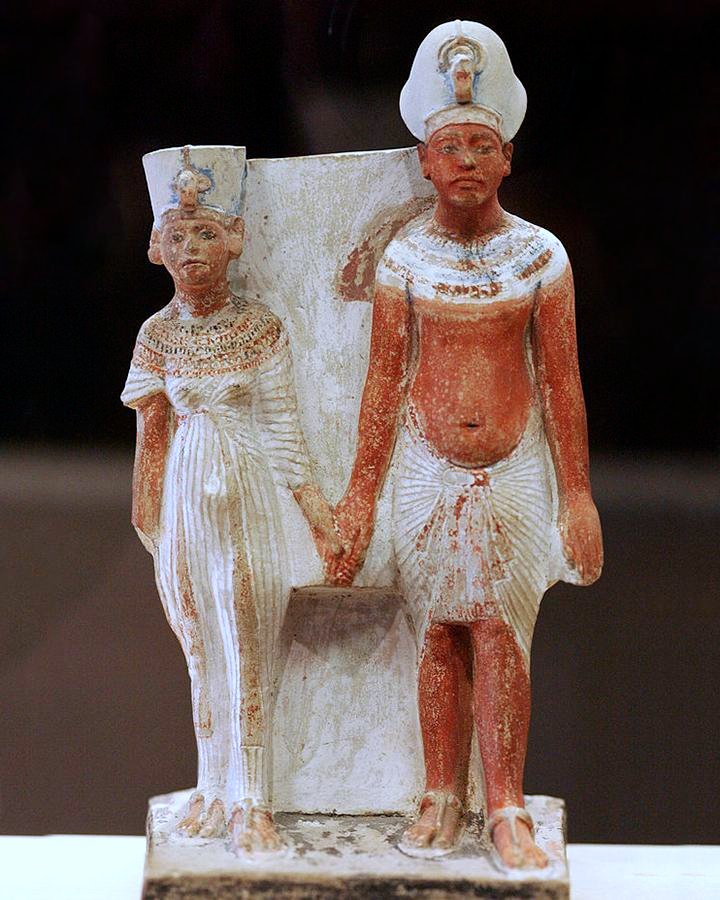
The queen is best known for her exquisite depictions in ancient art. Sculptures and reliefs from the period reveal her with a distinctive elongated neck, almond-shaped eyes, and a graceful, regal demeanor.
Nefertiti’s renowned bust, discovered in 1912 by German archaeologist Ludwig Borchardt, has become an iconic symbol of beauty and artistry, captivating audiences around the world with its stunning portrayal.
This striking portrayal captures her elegant features, high cheekbones, and an enigmatic smile. The bust is now housed in the Neues Museum in Berlin and is considered one of the most exquisite examples of ancient Egyptian art.
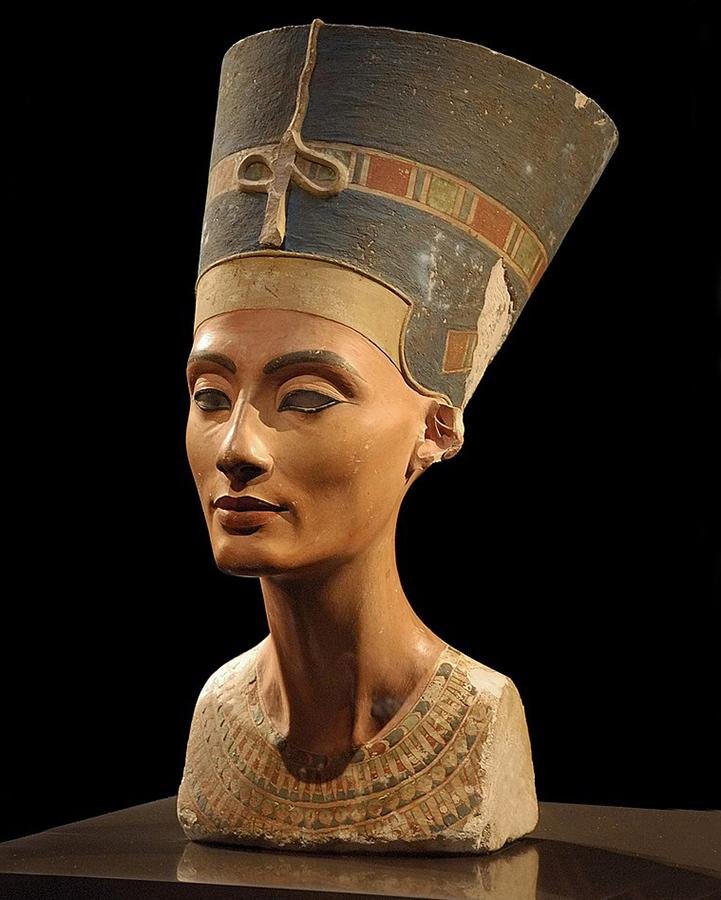
Nefertiti’s exact origins remain shrouded in mystery. Some scholars believe she may have been of foreign descent, possibly from the region of modern-day Syria. Others speculate that she was of Egyptian royal lineage. Regardless of her origin, Nefertiti’s charisma and influence were undeniable, and she held a prominent place in her husband’s court and the public eye.
Despite her significant role during Akhenaten’s reign, Nefertiti’s fate remains uncertain. Some historical evidence suggests that she held the title of co-regent with her husband, suggesting a level of authority and power rarely granted to Egyptian queens. However, there are no records of her activities or existence after Year 12 of Akhenaten’s reign, and her name disappears from official records.
One theory proposes that Nefertiti changed her name and assumed the identity of a male pharaoh, possibly taking on the throne under the name Smenkhkare.
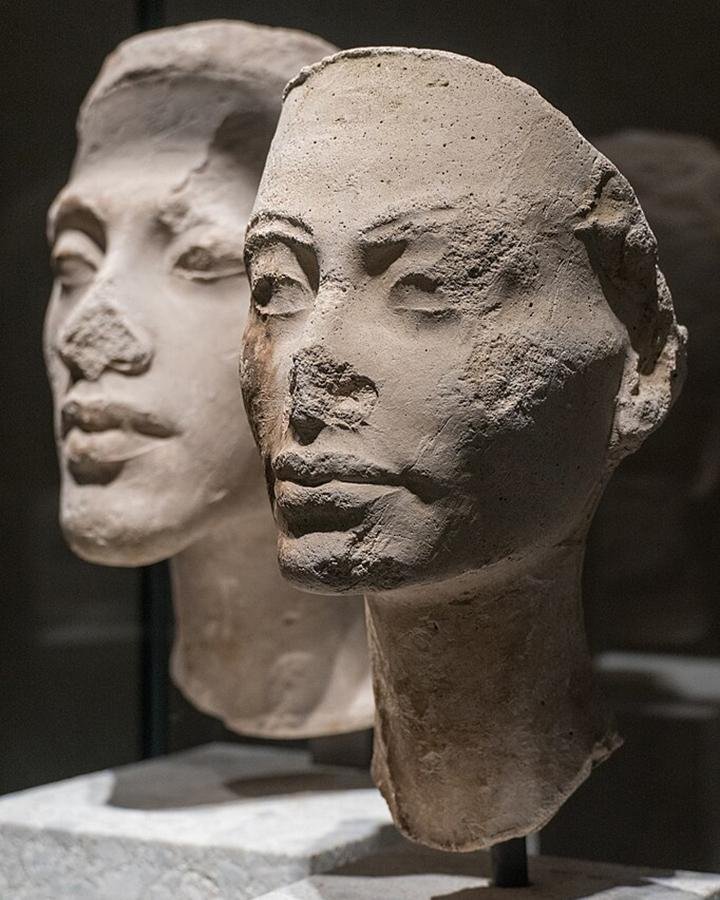
However, this remains speculative, and her ultimate destiny continues to intrigue historians and Egyptologists.
Nefertiti’s legacy as an iconic and influential queen endures to this day. Her striking image, unparalleled beauty, and role in shaping Egypt’s religious and artistic landscape have cemented her status as one of the most celebrated figures from ancient history.


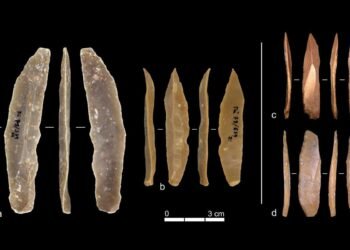



















Comments 0